In the draft Law on Cultural Heritage (amended) currently being drafted, for the first time, documentary heritage is specifically regulated in terms of subjects and scope of regulation. Many opinions say that this is a necessary activity, but it also needs to be carefully considered in order to protect and promote the value of this special type of cultural heritage in the coming time.
Lack of legal corridor for protecting and promoting the value of documentary heritage
According to the Department of Cultural Heritage, the Memory of the World Program was initiated by UNESCO in 1992 to preserve and promote the value of documentary heritage. Vietnam joined this Program in 2007 but has not yet had a legal corridor to protect and promote the value of this heritage. Also according to the Department of Cultural Heritage, to date, Vietnam has 9 documentary heritages recognized by UNESCO's Memory of the World Program, including 3 World Documentary Heritages and 6 Asia-Pacific Documentary Heritages.

In the coming time, Vietnam's documentary heritage will continue to be considered by UNESCO, listed at the regional and world levels and will increasingly increase. Vietnam's documentary heritage in localities, families and clans... is diverse in types, documents, and materials with great potential, but there is also documentary heritage at risk of being lost or disappearing... Therefore, the new regulation on types of documentary heritage in the Law on Cultural Heritage (amended) to regulate activities of protecting and promoting values is appropriate and necessary.
In the draft, the Drafting Committee devotes a separate chapter to the protection and promotion of documentary heritage values, providing specific regulations, from concepts of types, terminology, identification criteria, inventory activities, scientific documentation, registration procedures and cancellation of registration decisions, to measures for receiving and managing, and responsibilities for activities to protect and promote the value of documentary heritage after being registered. The draft Law also clearly stipulates the authority to appraise projects and plans for the preservation, restoration, and promotion of documentary heritage values; and regulations on copies of documentary heritage.
Sharing the same view on the necessity of including documentary heritage in the Law on Cultural Heritage (amended) to ensure unified state management of cultural heritage, Dr. Nguyen Manh Cuong, Director of the Department of Culture and Sports of Ninh Binh province, the locality is preserving a huge treasure of heritage documents, including thousands of steles, royal decrees, divine records - genealogies, land registers, village covenants, wooden blocks of printed scriptures, horizontal lacquered boards, parallel sentences, genealogies...
These heritages are stored in temples, pagodas, shrines, museums, private homes, family temples, and some documents are still kept and preserved in national archives. However, the management, protection, and promotion of the value of this heritage source is posing many challenges for the provincial cultural sector.
Specifically, the system of steles, although created and carved on durable stone material, but apart from a few steles erected in worship spaces with roofs, the majority of steles in the province are placed outdoors, or on natural rock cliffs (ma nhay steles) which are greatly affected by the weather, natural weathering of the stone, erosion of moss, trees leading to cracking, fading of letters. In addition, due to the impact of war, limited awareness of a part of the people, and the views of different periods, some steles have been partially or completely destroyed.
Thousands of royal decrees dating from the Later Le to the Nguyen dynasties, land registers, sacred records - sacred genealogies, wooden blocks of printed scriptures, genealogies... kept in relics, private homes, and family temples have not been properly preserved, many documents have deteriorated and rotted, and protection work is still difficult, leading to theft and unrecoverable cases. At the same time, sources of documents from national archives, libraries, and archives of research institutes are still scattered, making it difficult to collect.
Meanwhile, the current Law on Cultural Heritage does not have regulations to define, identify, register, as well as measures to protect, preserve and promote the value of documentary heritage. Localities must apply regulations on the protection of relics and antiquities at relics and scenic spots to protect and promote the value of documentary heritage in the province.
Need specific and practical regulations
Regarding this issue, Professor, Academician Nguyen Huy My said that documentary heritage is still quite new compared to the community's awareness. Therefore, currently, the issue of propaganda, so that the community understands to protect, nominate titles and preserve and promote the value of documentary heritage is quite important.
Realizing this problem, currently, many clans in many localities, including descendants of clans such as: Nguyen Huy clan in Truong Luu and Ha clan in Tung Loc, Can Loc, Ha Tinh; Nguyen Trong clan in Trung Can, Nam Dan, Nghe An... have been doing a good job of protecting and promoting the value of their clan's documentary heritage. However, because the owners are private individuals, it is very difficult to access the state budget for heritage preservation. Therefore, the Ministry of Culture, Sports and Tourism needs to propose to soon issue regulations and institutions to better support the protection and promotion of privately owned documentary heritage...
Mr. Tran Trung Kien, Deputy Director of the Department of State Records and Archives, also said that when developing regulations related to documentary heritage, the Drafting Committee of the Law on Cultural Heritage (amended) needs to pay attention to the very special characteristics of this type of heritage. Specifically, in the National Archives Centers, there are a number of documentary heritages recognized by UNESCO, some of which are national treasures. These are precious heritages.
According to the provisions of the Law on Cultural Heritage, heritage must be promoted and served by the community. However, this is an archival document, so the preservation and promotion of heritage values must comply with the provisions of the Law on Archives and related regulations. There are documents belonging to the documentary heritage that are registered but may not be allowed to publish their content. Not to mention, documentary heritage is related to the information carrier.
“Up to now, the information carriers that have been stored are papers, woodblocks... However, nowadays, there are many other types of information carriers. For example, a text message on a phone, the phone is the information carrier. When protecting and promoting the value of artifacts, are we interested in the content or the phone that holds the message?... All of these issues, the Drafting Committee needs to pay attention to when drafting the Law on Cultural Heritage (amended)”, Mr. Kien suggested.
Source








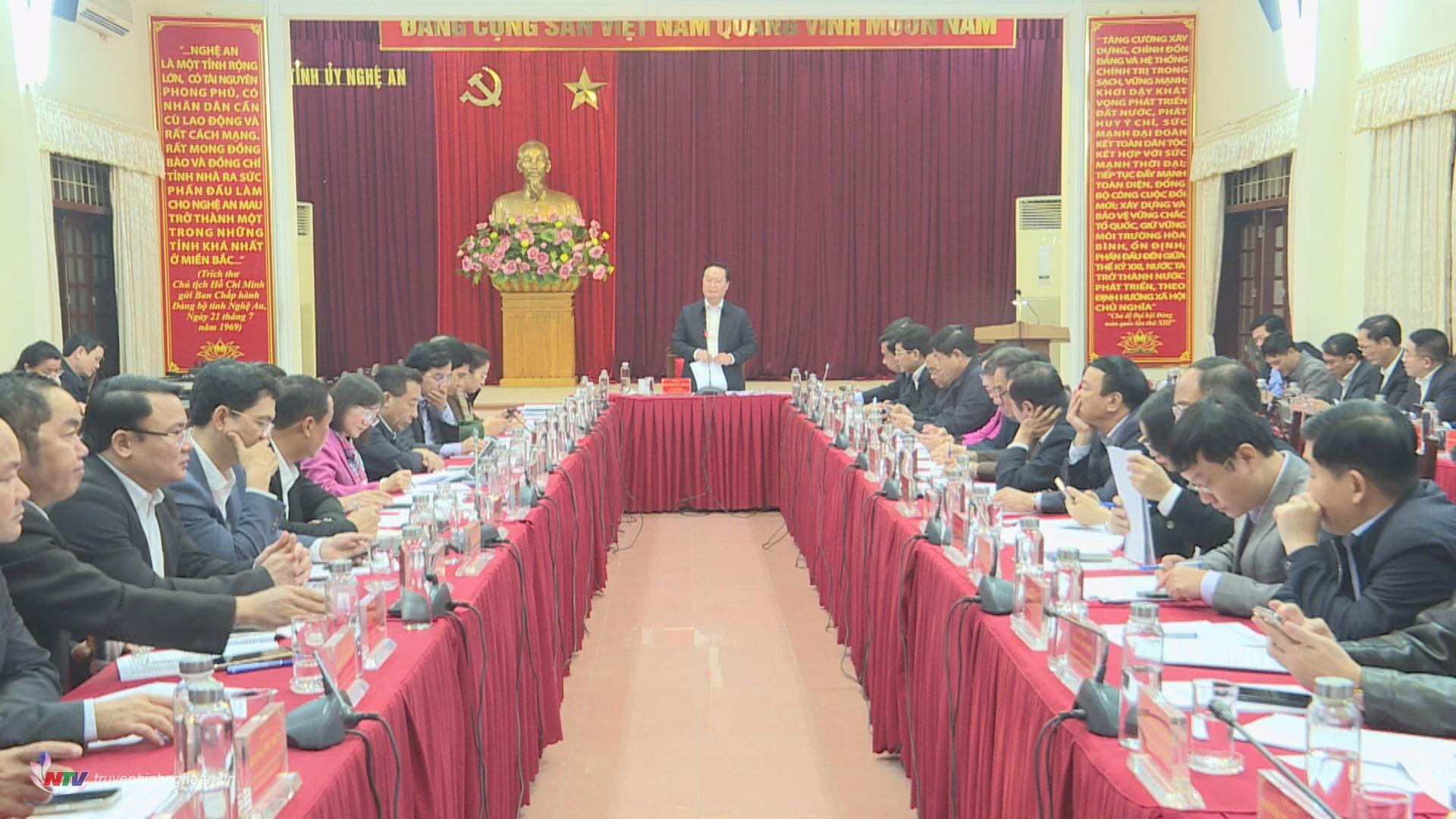
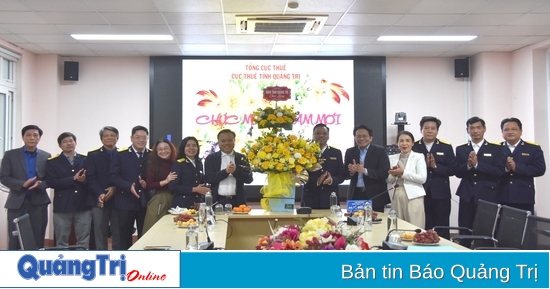

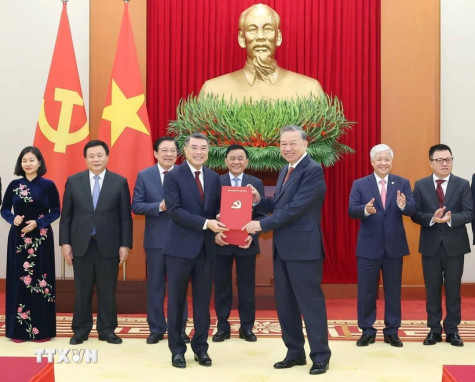
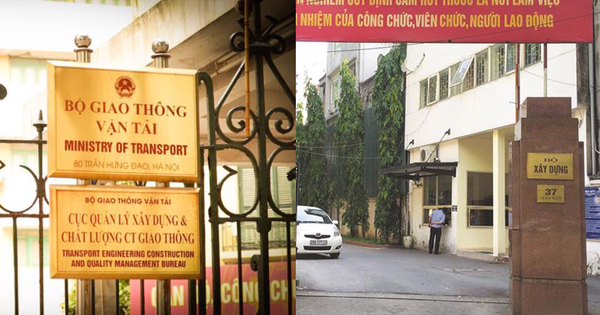

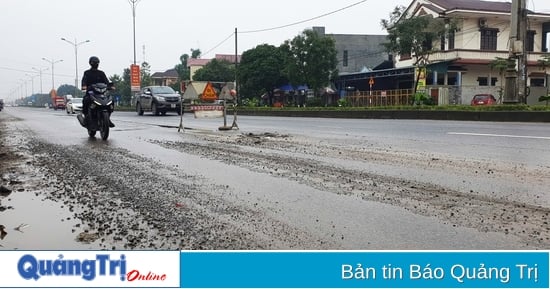






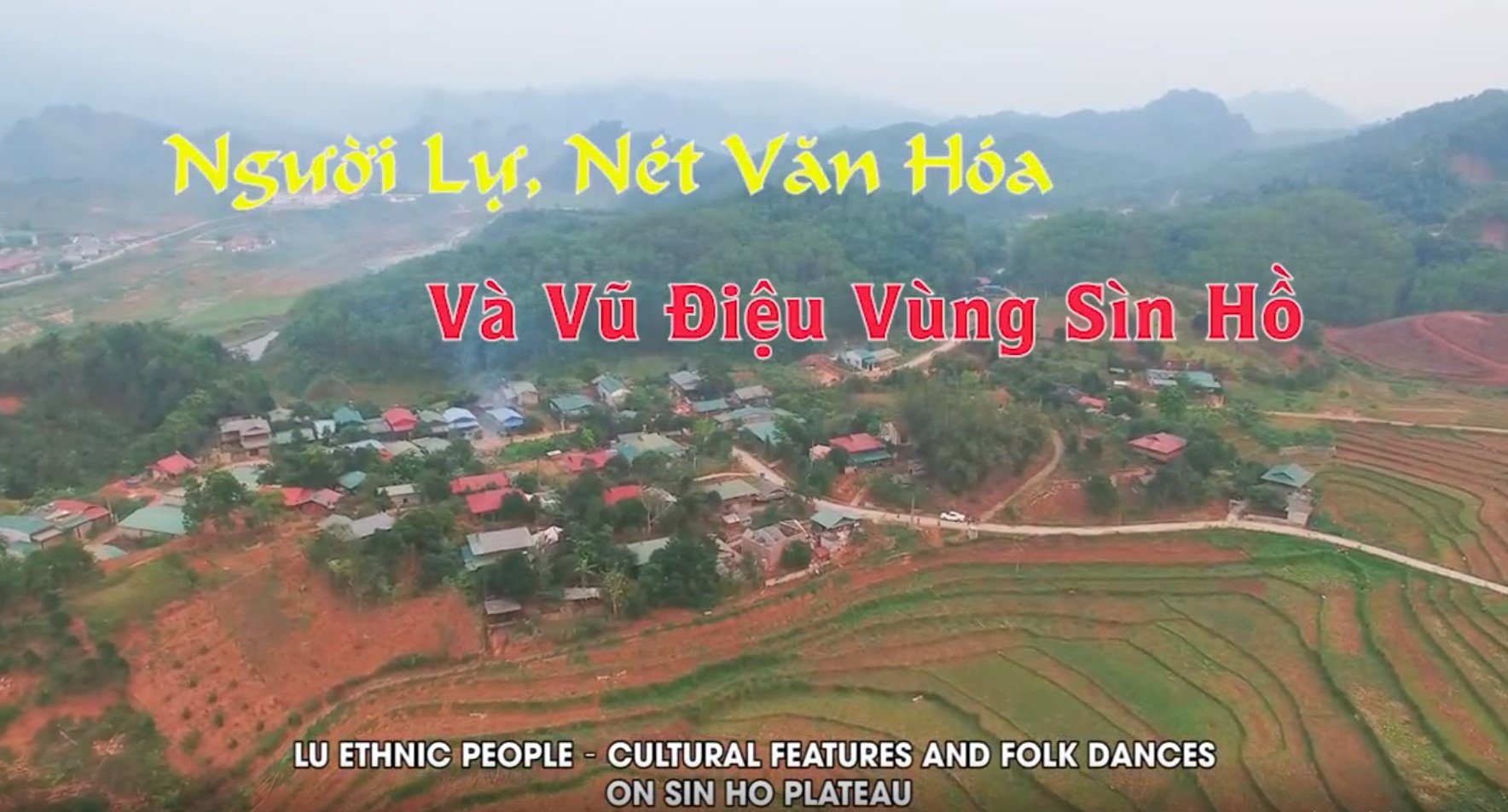


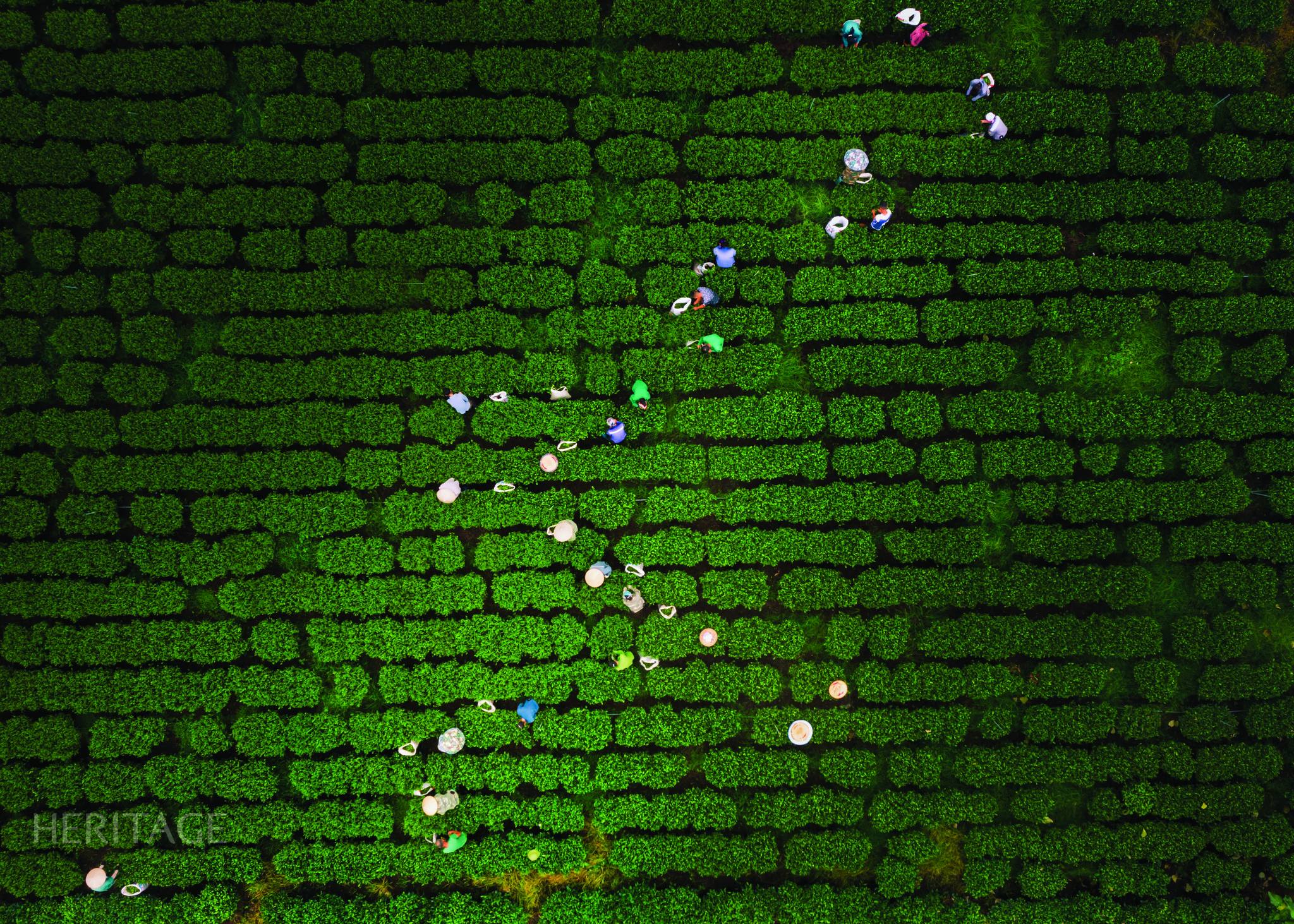

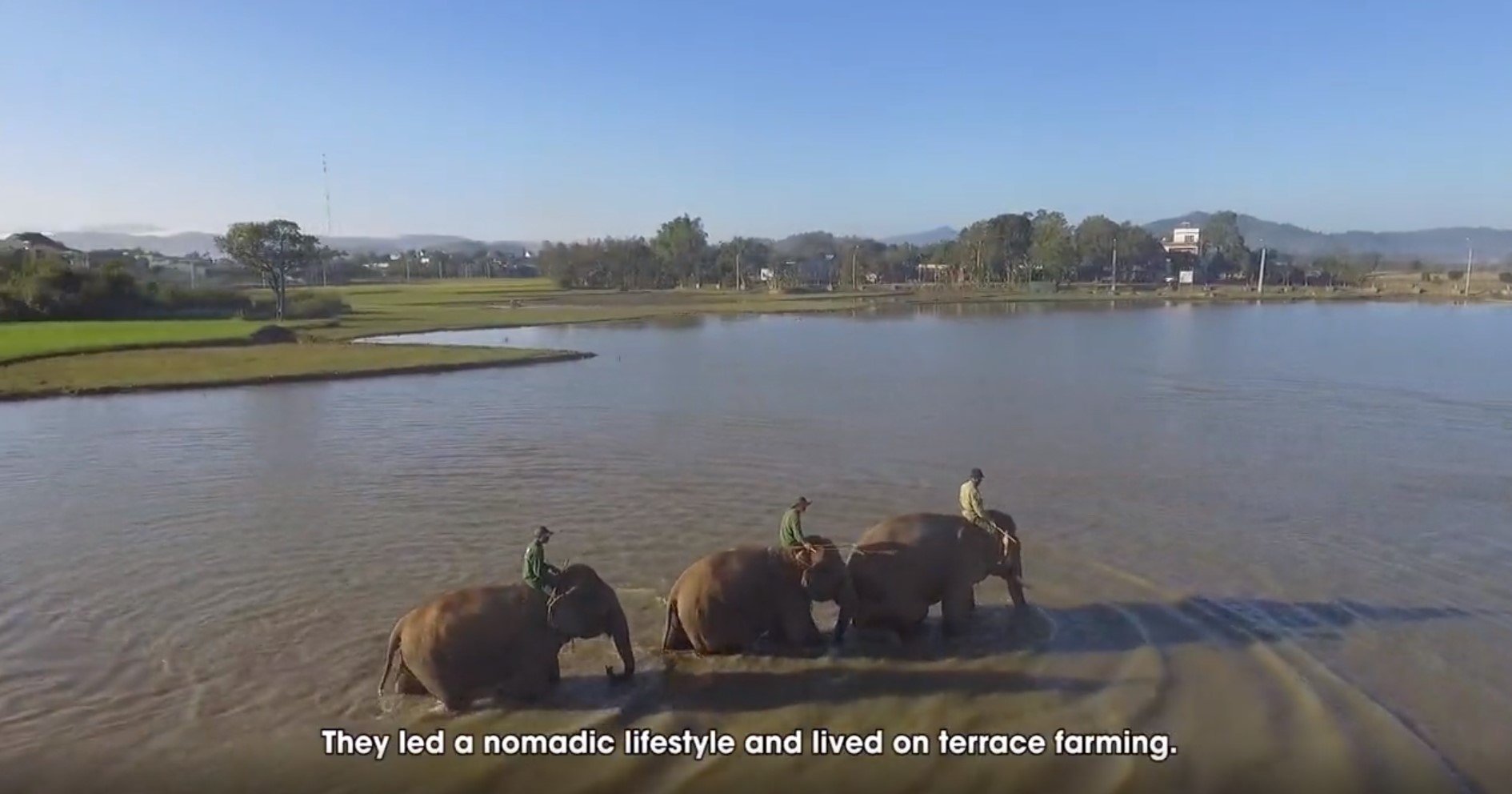






![[Photo] Prime Minister Pham Minh Chinh chairs Government Conference with localities on economic growth](https://vstatic.vietnam.vn/vietnam/resource/IMAGE/2025/2/21/f34583484f2643a2a2b72168a0d64baa)



























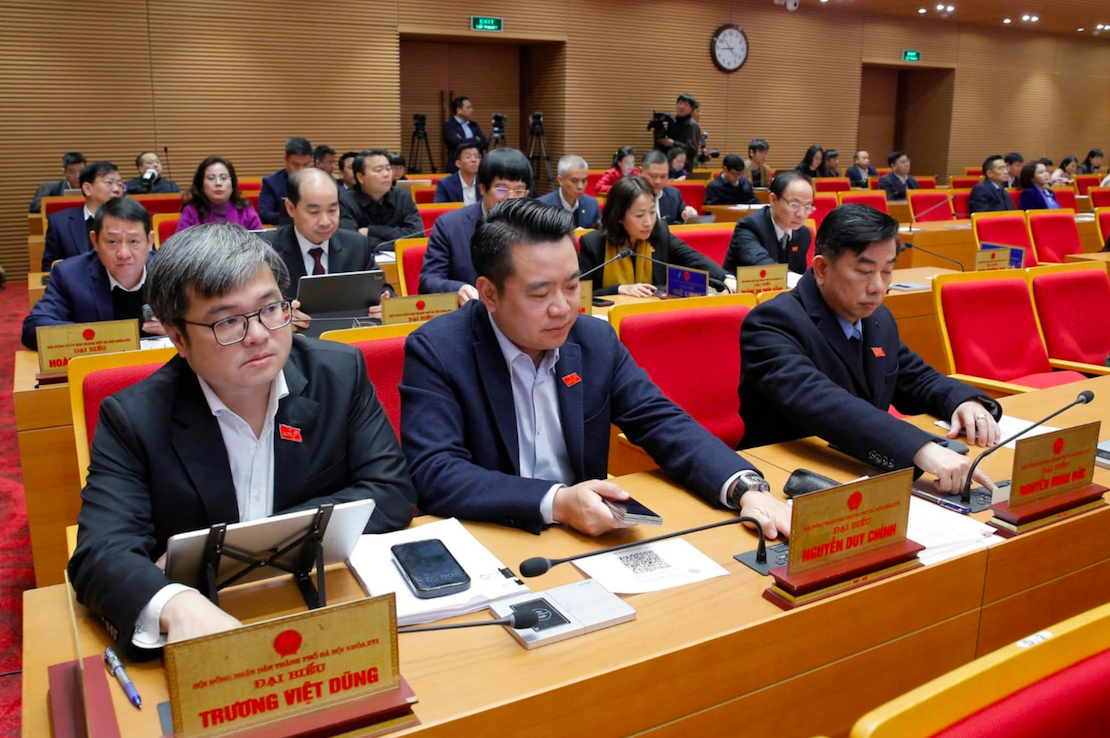
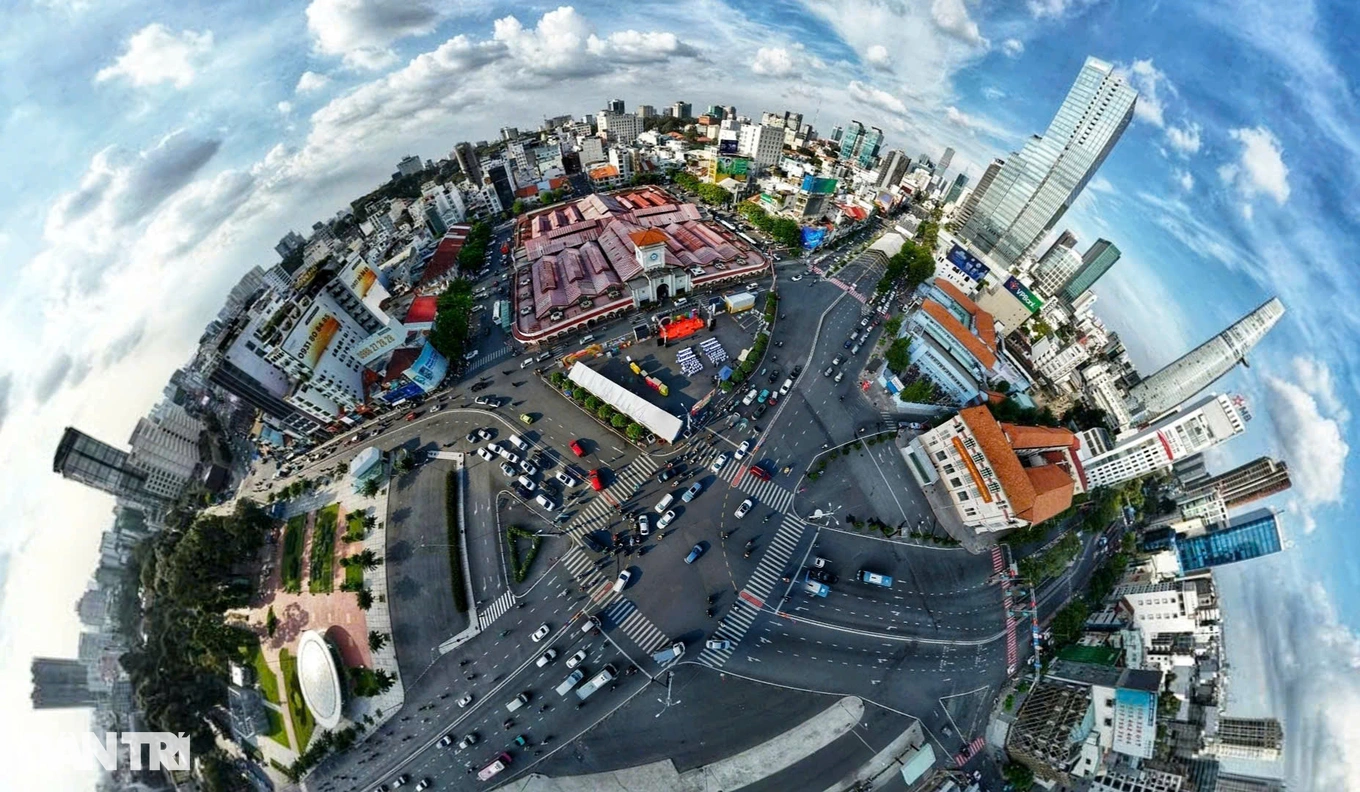


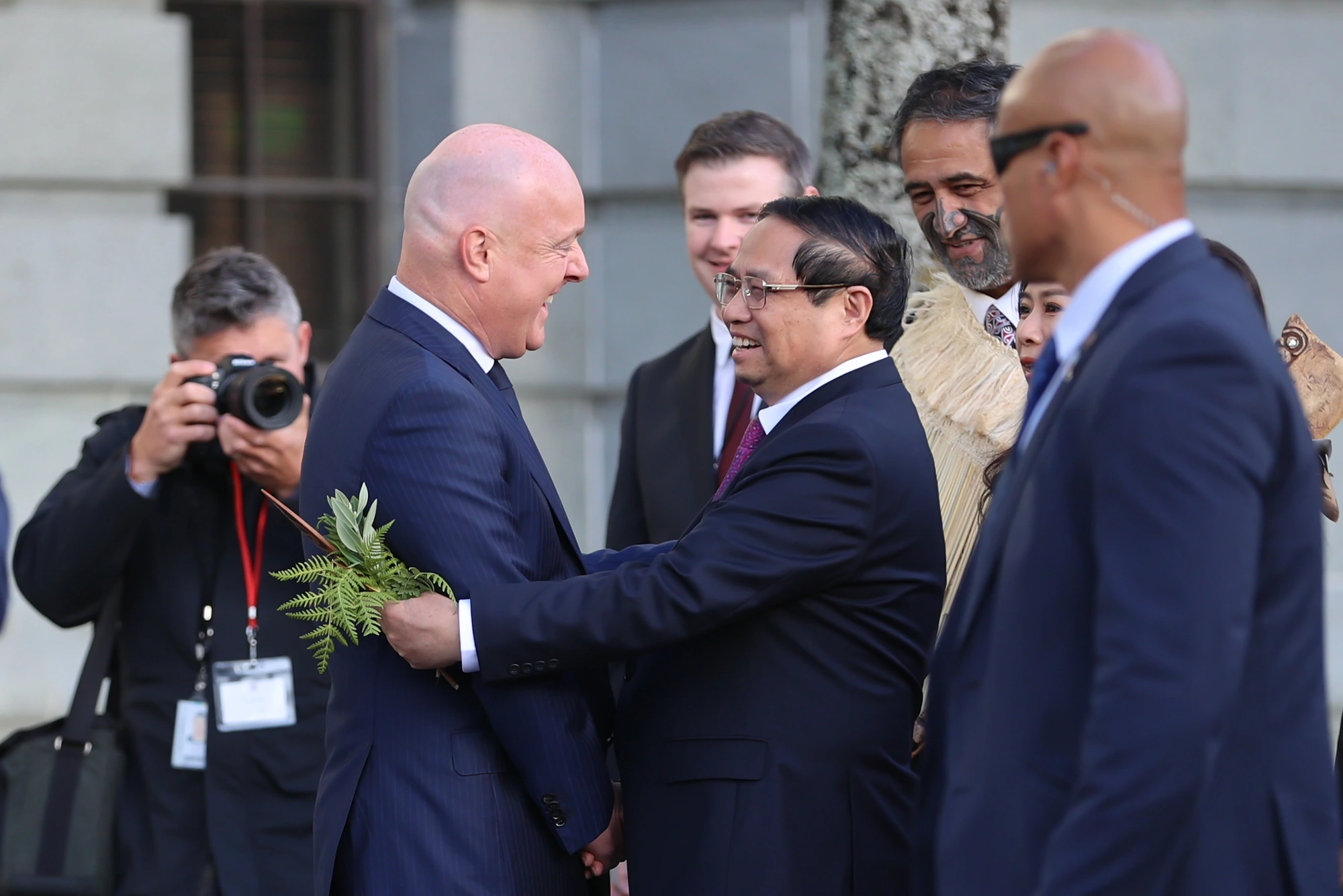





















Comment (0)